Login
Subscribedrug development

Hormone Sobers Up Drunken Mice: Study
Alejandra Manjarrez, PhD | Mar 8, 2023 | 3 min read
A hormone naturally induced by alcohol consumption accelerates the recovery of mice after binge drinking by activating neurons involved in arousal and alertness.

Psychedelics Slip Past Cell Membranes When Treating Depression
Alejandra Manjarrez, PhD | Feb 24, 2023 | 4 min read
The antidepressant properties of hallucinogenic drugs may stem from their ability to bind to intracellular serotonin receptors, a study suggests.
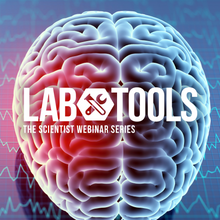
Precision Medicine-Based Biomarkers for Traumatic Brain Injury
The Scientist | 1 min read
In this webinar, Dr. Kevin Wang will discuss a precision medicine approach for treating traumatic brain injury which uses phenotype biomarkers to monitor disease course and develop novel therapies.
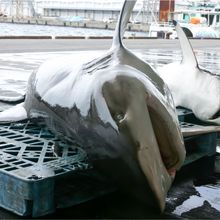
Researchers Make Alternatives to Shark-Sourced Vaccine Ingredient
Natalia Mesa, PhD | Feb 22, 2023 | 3 min read
Synthetic variations of squalene, which is used to boost immune responses, could make vaccines more effective while reducing fisheries for struggling sharks.
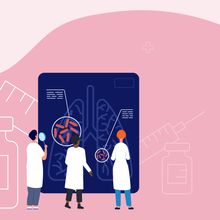
RSV Vaccines That Work?
Rachael Moeller Gorman | Feb 16, 2023 | 10+ min read
Multiple candidates are in Phase 3 clinical trials for older adults and pregnant women, with some getting close to approval in the United States.
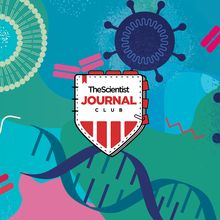
The Scientist’s Journal Club: Infectious Diseases
The Scientist | 1 min read
Scientists present the latest research on infection prevention and treatment, including COVID-19 and tropical infectious diseases.
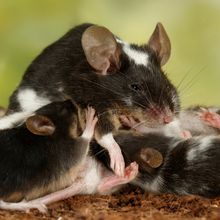
Fast-Acting Nonhormonal Male Birth Control Prevents Pregnancy in Mice
Katherine Irving | Feb 15, 2023 | 5 min read
The “on demand” drug immobilizes sperm rather than limit their production, preventing 100 percent of pregnancies in an experiment.
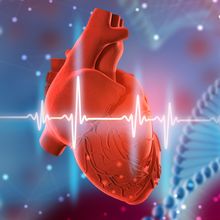
Connecting the Complexities of Heart Failure and Aging
Deanna MacNeil, PhD | Feb 13, 2023 | 3 min read
Researchers learned how IGFBP7, a senescence signaling protein and biomarker, promotes cardiac remodeling and cellular aging.
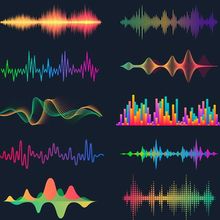
The Ins and Outs of LC-MS
Deanna MacNeil, PhD | 4 min read
From proteomics to pharmacokinetics, researchers turn to advances in liquid chromatography and mass spectrometry to identify and quantify components in different samples.

Viral Vector Platforms for Gene Therapy
The Scientist | Feb 9, 2023 | 1 min read
In both the laboratory and clinic, scientists harness viral genetic transfer capabilities to develop gene therapies that modulate cellular function.

Drugs Hitch a Ride on Algae for Targeted Delivery
Holly Barker, PhD | Feb 1, 2023 | 3 min read
A new microrobot uses algae to transport antibiotics into the lungs of mice with pneumonia.
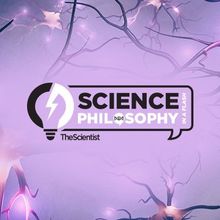
Starting with Human Cell Systems
The Scientist | 1 min read
Xitiz Chamling shares how advances in human stem cell and gene editing technologies fuel his drive for better multiple sclerosis drug screening platforms.

Infographic: Algae Robots Transport Antibiotics to Infected Tissues
Holly Barker, PhD | Feb 1, 2023 | 1 min read
Microscopic algae dotted with drug-filled nanoparticles may offer a more effective means of treatment than traditional delivery methods.
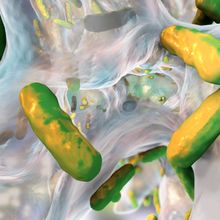
Double Agents: Engineered Bacteria Tackle Pathogenic Biofilms in Mice
Katherine Irving | Jan 26, 2023 | 3 min read
Mycoplasma pneumoniae with pathogenic genes replaced by biofilm-degrading ones enhance survival in a mouse model of ventilator-associated pneumonia.
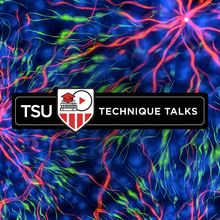
Best Practices for Organoid Technologies
The Scientist | 1 min read
Dosh Whye will discuss best practices for organoid modeling and how researchers leverage the latest technologies to achieve their goals.
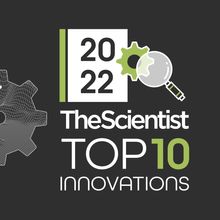
2022 Top 10 Innovations
The Scientist | Dec 12, 2022 | 10+ min read
This year’s crop of winning products features many with a clinical focus and others that represent significant advances in sequencing, single-cell analysis, and more.
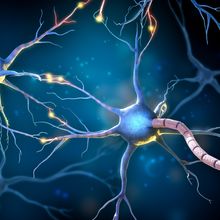
Ketamine Flips a “Switch” in Mice’s Brain Circuitry: Study
Andy Carstens | Dec 9, 2022 | 6 min read
After injecting moderate doses of the dissociative anesthetic into the animals, previously “awake” brain cells go dark, and those that had been dormant suddenly light up.
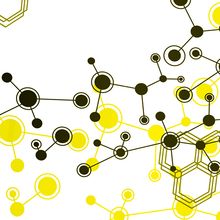
Why Label-Free Techniques Can Help Researchers Study Biomolecular Interactions
Sartorius | 1 min read
Surface plasmon resonance and Bio-layer interferometry offer advantages when investigating biological mechanisms and developing new therapeutics.

Doctors Treat a Rare Genetic Condition Before Patient Is Born
Dan Robitzski | Nov 10, 2022 | 2 min read
Thanks to continued weekly medications, a 16-month-old girl shows no symptoms of a severe genetic disease that typically kills children before they turn two.

Psilocybin Relieves Some Treatment-Resistant Depression Cases: Trial
Shawna Williams | Nov 3, 2022 | 2 min read
The research has caveats, including side effects and a lack of durability in the benefits of a single dose.